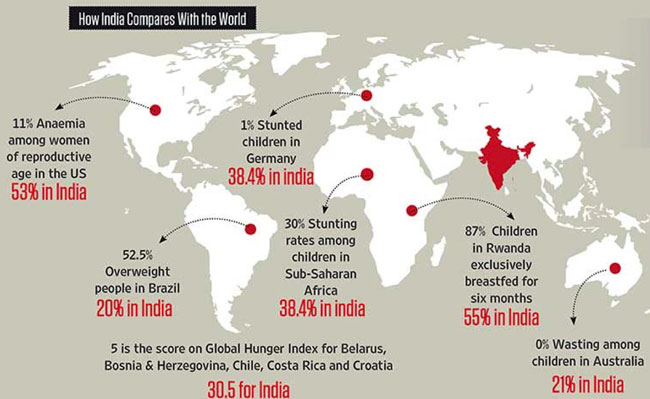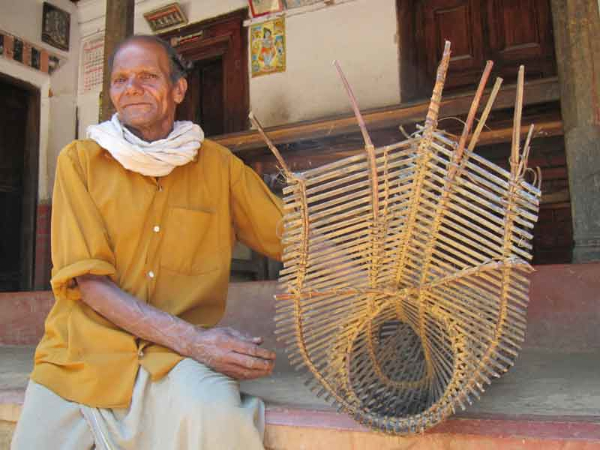Though Ningal Aranaye Kando has a bleak premise, filmmaker Sunanda Bhat injects it with the lightness of everyday occurrences, simple slice-of-life moments and hope for the future, finds Catherine Rhea Roy. […]
It is a woman’s disquiet over the disappearance of medicinal plants from the forest, a farmer’s commitment to traditional methods of farming and growing varieties of rice organically and a cash crop cultivator’s desperate hold on hope amidst the farmer suicides. Ningal Aranaye Kando? (Have You Seen The Arana?) a documentary film by filmmaker Sunanda Bhat, is a sojourn that takes you through the crests, troughs and flats of Wayanad, the region’s changing topography and a people, a lifestyle and culture that are straining to keep up, barely surviving.
“The initial idea was to make a film about adivasis, who were affected most by the agriculture crisis,” Sunanda says. “In a documentary it is important to examine the way we look at a situation and understand what we are looking at. It needs to be an immersion of our senses. I didn’t want to end up with a film about the plight of adivasis or one that portrayed them as the other. The objective was to do a film without drawing attention to the fact that they were adivasis.”
The film begins with the chanting of a folktale by the moopan (elder) of the tribe, and in an almost seamless transition we shift from the myth to the search for the arana, a metaphor for the demise of what used to be a simple life, in the lap of Nature. […]
She spent five years researching her film and a year filming. “They were willing to open up and talk about anything and everything they knew. It was about the extraordinary in the very ordinary lives that these people have but are lost on a society that places value on material things rather than knowledge.” […]
The film has many layers and it employs these layers to convey the complexity of what happens there. […]
It was in the mid 90’s when journalist P. Sainath was covering the agricultural crisis in Wayanad and did a story about the farmer suicides that was when Sunanda was first drawn to the subject. She says, “I researched the written and oral history of the place and there are so many things happening besides the agricultural crisis – like the changes in the landscape, the jobs people take…” […]
“I looked at the larger canvas and picked up three stories for three landscapes – the rice farmer, the plantation economy and the forest.”
The film also delves into the mythical history of the place that belongs to an oral tradition and forms one of the parallel narratives, “The myth is a pullapattu, they sing this song in the hope that the soul finds its way back to their ancestors and it is this journey that is described or they will get lost,” she explains. […]
“Life comes when you have a voice, ordinary people need a voice,” Sunanda says and when they are given that voice, there are no copious tears; they talk of the future hopefully with a startling degree of faith and optimism. […]
There have been about 50 to 60 screenings of Ningal Aranaye Kando and the discussions following the screening are documented. “I like people, meeting them and their stories. Everybody has such interesting stories to tell. The research is the most interesting – walking and climbing and making our way through the scenery, we stop to have chai and people start talking.” […]
Source: “Tracing a fading trail” by Catherine Rhea Roy, The Hindu, 14 March 2013
URL: https://www.thehindu.com/features/cinema/tracing-a-fading-trail/article4508409.ece
Date Visited: 5 April 2021
[Bold typeface added above for emphasis]

Graphic © Outlook India 26 August 2019 | Enlarge >>
“The tribal food basket has always been diverse and nutritious” >>

Photo © Arun VC >>
See also
Biodiversity and development – Kerala
Childhood – Kerala | Childrens rights: UNICEF India | Safe search
Childrens rights: English or Malayalam (UNICEF India)
eBook | Background guide for education
Education and literacy | Right to education
Kerala | State wise ST list (Scheduled Tribes)
Recommendations by the Expert Committee on Tribal Health
Tribal schools and educational projects – Kerala
Video | M.S. Swaminathan on Biodiversity and the sharing of resources
Video | Trailer to “Have you seen the arana?” – Kerala
Vulnerable tribal groups – Kerala
Women | Safe search | President Droupadi Murmu on women’s empowerment
